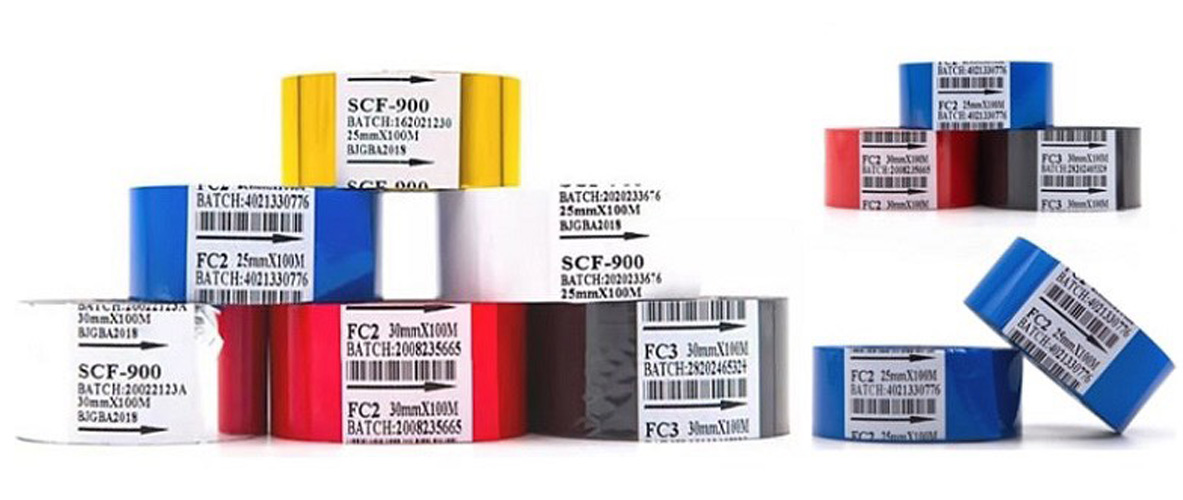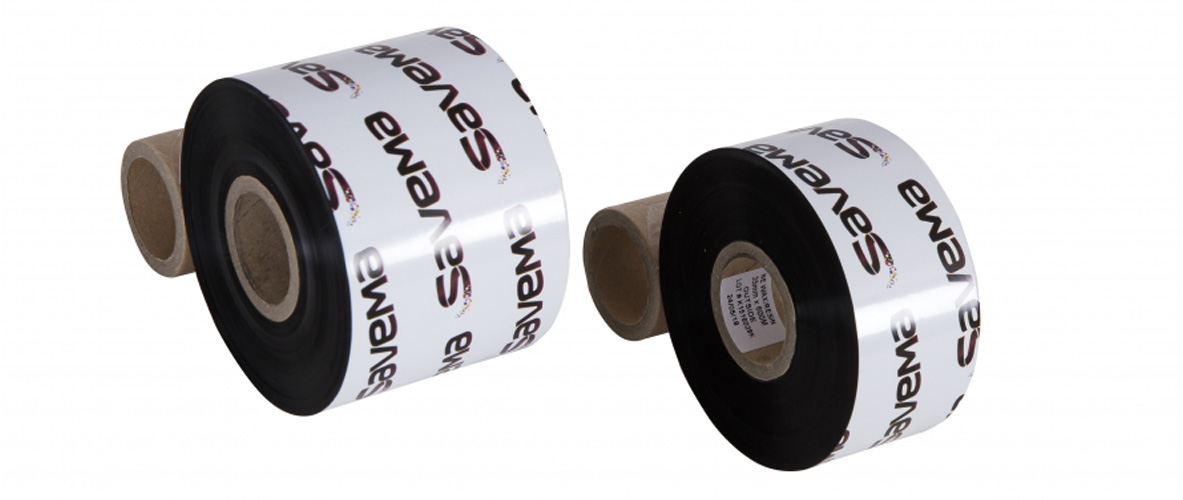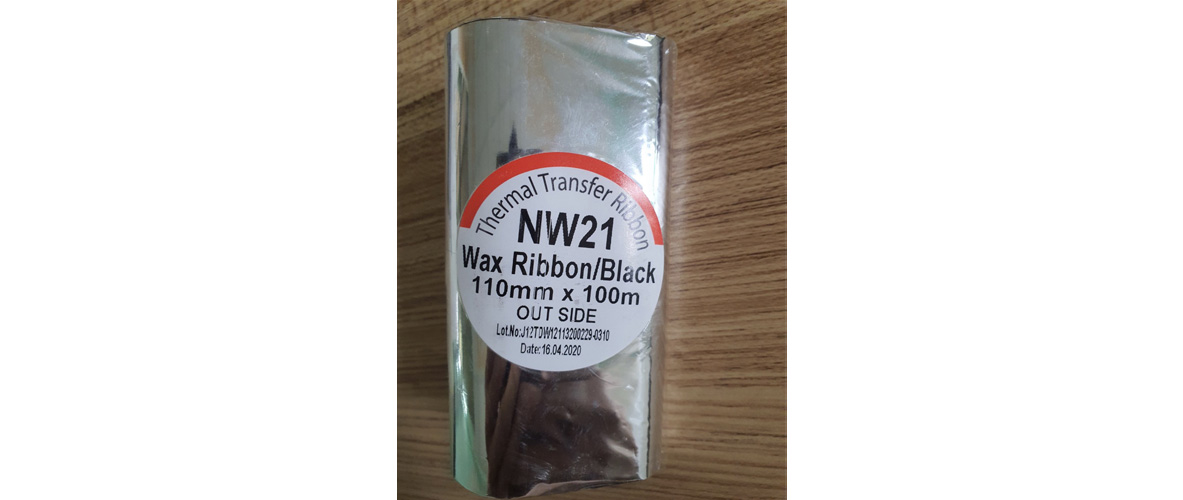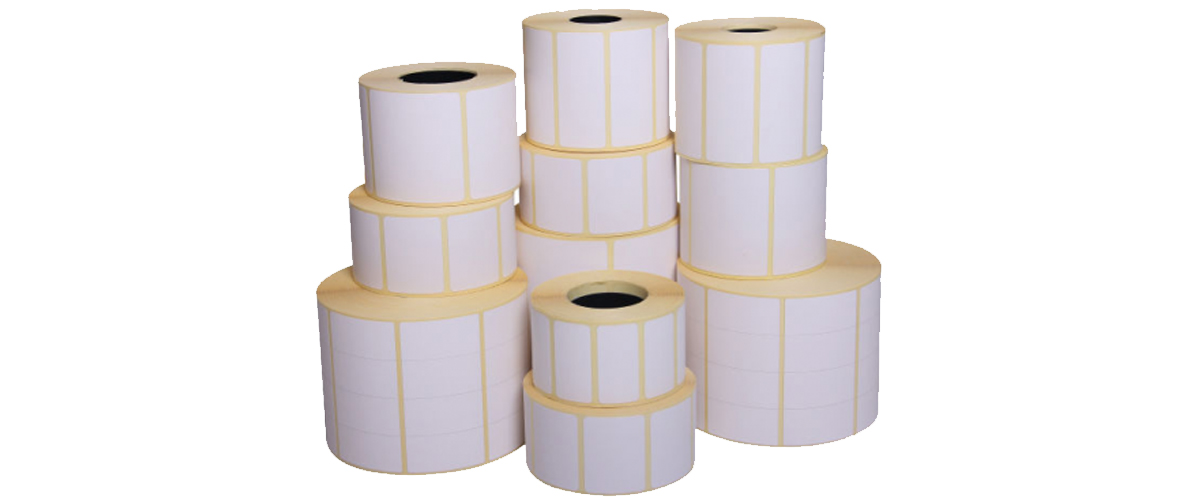Food preservation is a way to protect and improve personal health. This article will share the best food preservation methods for your reference!
1. The method of freezing
Freezing is used well for almost any kind of food. It is also one of the most commonly used commercial and home processes to preserve a wide range of foods. Cold storage stores provide large volumes and long term storage for the nation’s emergency food storage strategy in many countries.
Freezing reduces the temperature of the food at 0 ° or colder. This low temperature stops microorganisms from working by slowing down the growth of enzymes. Freezing does not sanitize food or destroy microorganisms, it just stops negative changes to the quality of your frozen food.
2. Vacuum suction
Vacuum packaging is used to pack food in a vacuum environment, usually in a sealed bag or in a bottle. A vacuum type oxygen bacteria is essential for survival, thus preventing food from spoiling. Nowadays, using a vacuum cleaner is very much loved by families.
3. Cans, bottles, jars
Canned involves cooking fruit or vegetables, sealing in sterile cans or jars, and boiling bottles to kill or weaken any remaining bacteria as a form of disinfection. Different dishes have different levels of protection against spoilage and may require the last step of cooking in a pressure cooker.
Any food with low acidity such as fish, meat, seafood, poultry and vegetables is recommended as a method of freezing them as a method of preserving them. You can still can the canning method, but you must still request pressure cans. If canning and bottling are used as a substitute for freezing and mishandling, one can get very sick when the bacteria have not been effectively inhibited. Canned and bottled food is generally in danger of spoiling immediately once the boxes or bottles have been opened. Lack of quality control in the canning process can allow the penetration of water or microorganisms. Poor hygiene in cans can lead to some cases of food poisoning, so hygiene should be paid attention to during canning.
4. Sour salt
Sour salt is a relatively good way of preserving food by placing or cooking it in an inhibitor suitable for human consumption, typically in brine (high salt), vinegar, alcohol and vegetable oils, especially olive oil but there are many other oils as well. Most pickling processes involve cooking or boiling so that the preserved foods become saturated with pickling substances. Sour foods also make them difficult to digest, a fact that should be kept in mind when pickled foods are included in your diet.
5. Smoke
Meat, fish and some other foods can be preserved and flavored through the use of smoke, usually in a smoky home. The combination of heat to dry food without cooking it, and the addition of aromatic hydrocarbons from smoke help preserve food. If you want to change the taste of stored foods, this is also a way for you to store food. However aromatic hydrocarbons are substances that can cause cancer, if you want to use this method do not eat often. The choice is yours.
6. Drying
One of the oldest methods of preserving food is by drying it (reducing water activity enough to delay or prevent bacterial growth). Most meats can be dried, especially pork, as it is difficult to store without preserving. Many fruits can also be dried, for example apples, pears, bananas, mangoes, papaya, and coconuts. Drying is also a common method for preserving grains such as wheat, maize, oats, barley, rice, millet and rye (rye).
Although dried food has been practiced for many centuries, the vitamin content of dried foods is often compromised. First of all, Vitamins A, E and some B-complex vitamins are lost if the food is dried in the full sun. Second, Vitamins A, C, and E are lost through oxidation when stored for any short or long period of time.
So, depending on each food, you can choose the appropriate method of preservation. Wishing families a delicious meal with well preserved foods! If you have a need to buy a cheap vacuum machine, contact Tri Viet company for a quick consultation.










